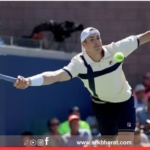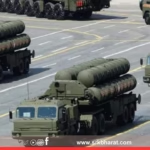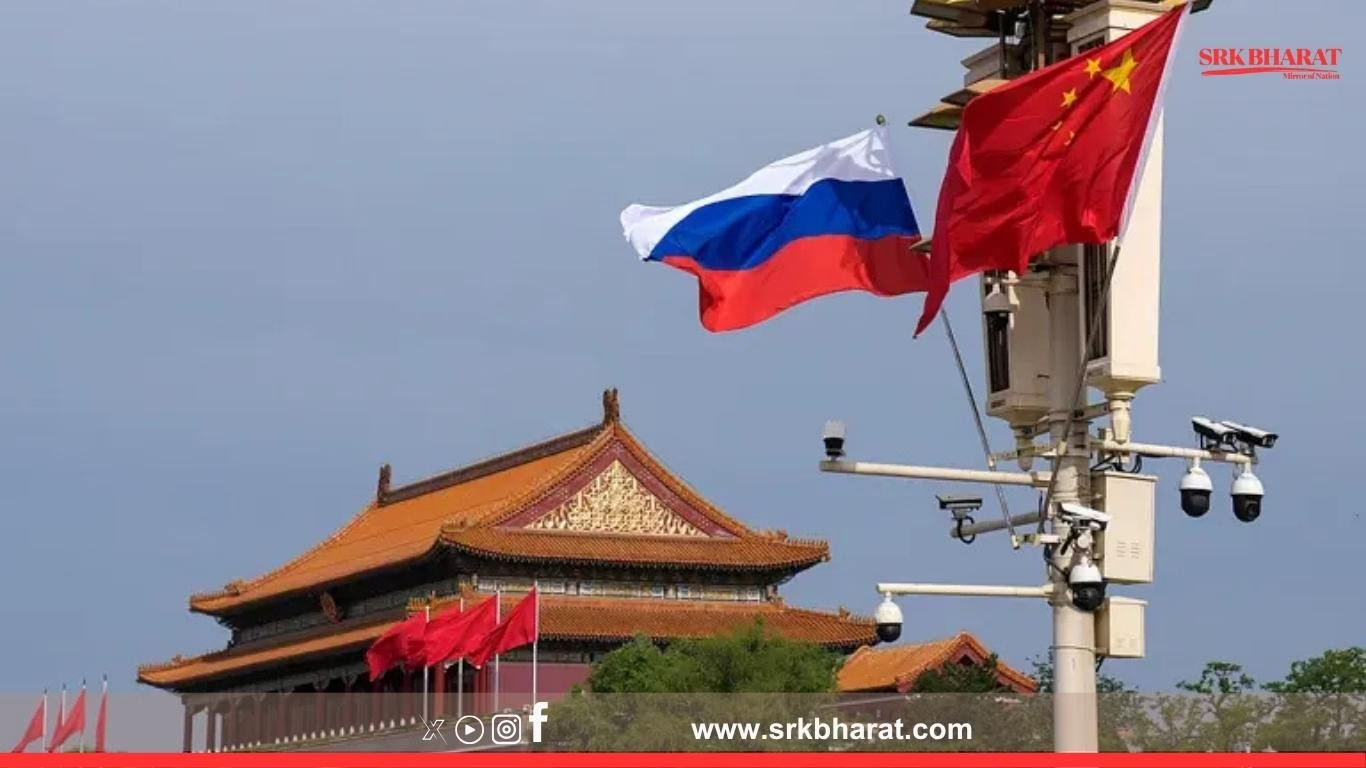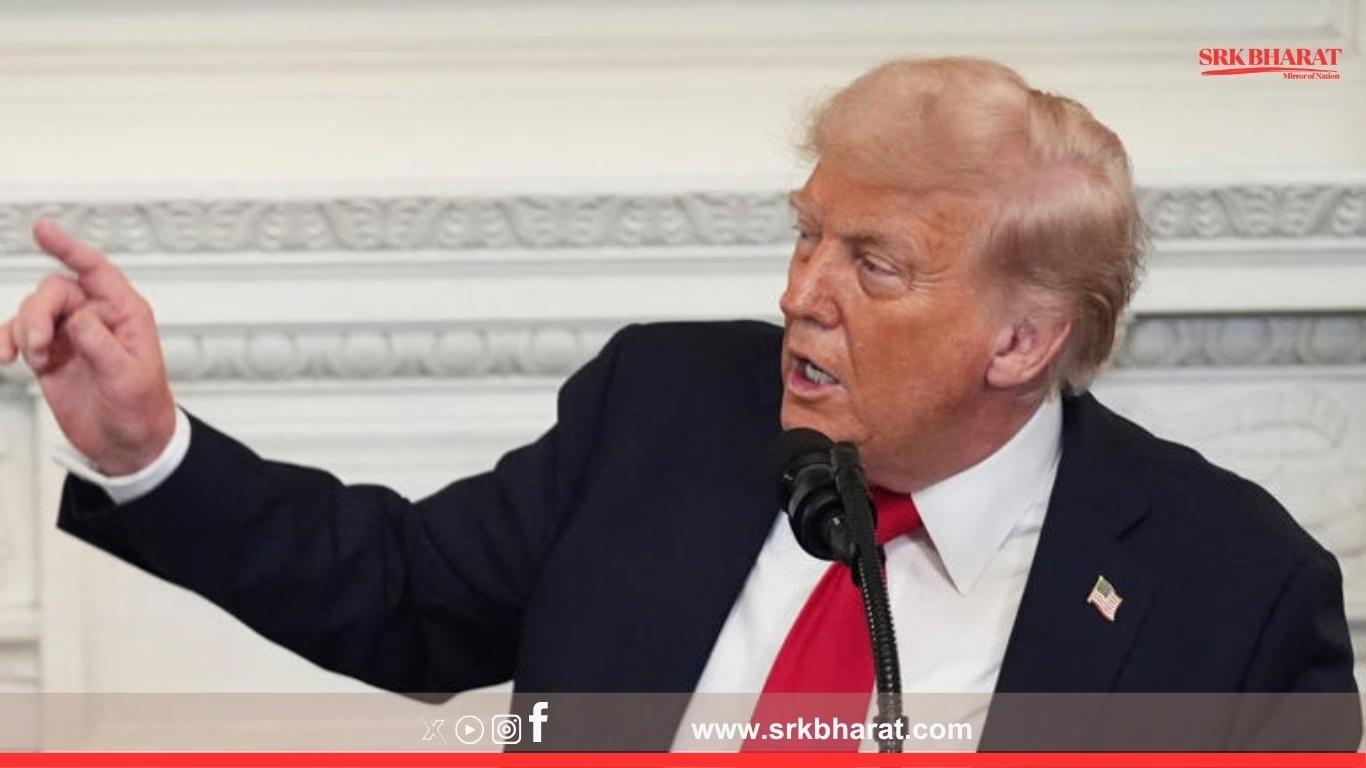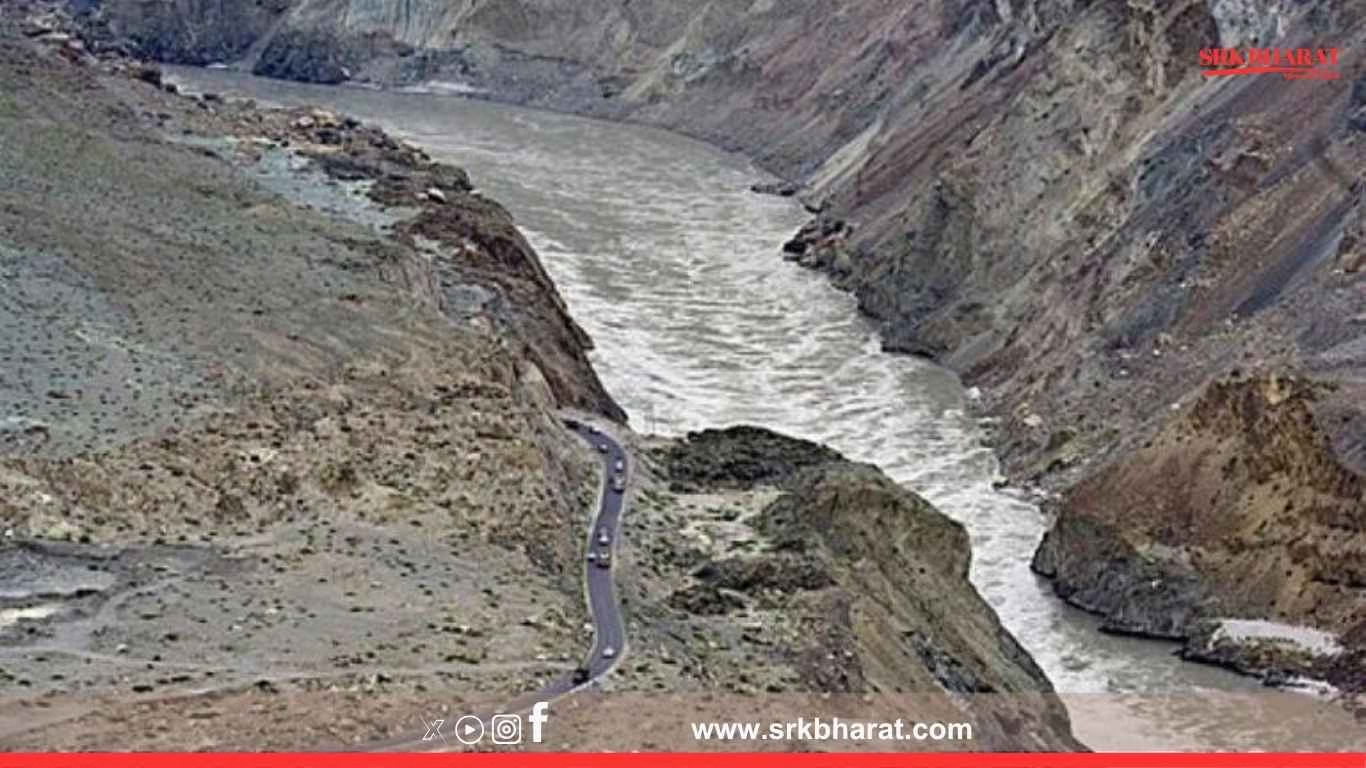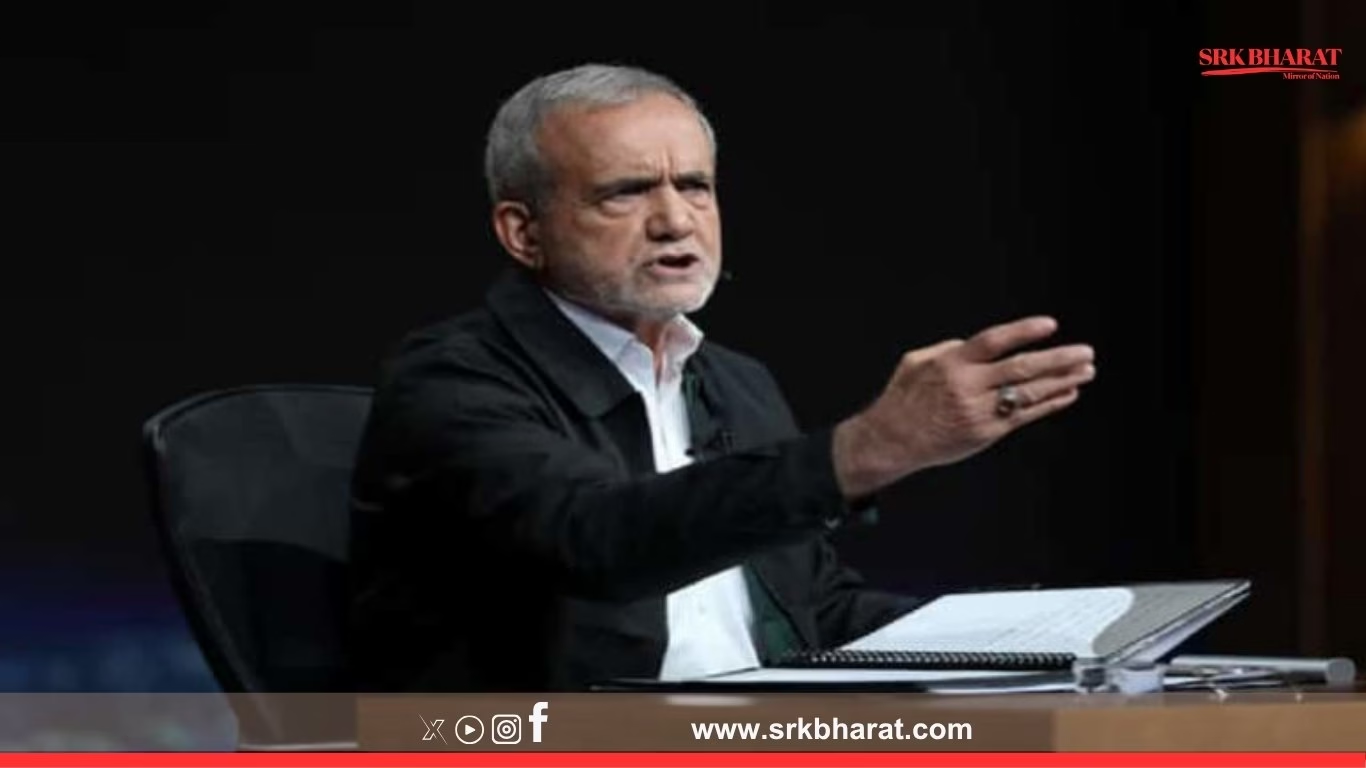In a major escalation of the ongoing Russia-Ukraine war, Russia has deployed over 1,10,000 troops near the eastern Ukrainian city of Pokrovsk, transforming the region into the “hottest spot” along the 1,200-kilometre front line. Ukrainian military officials and global analysts warn that this buildup signals a renewed Russian push to seize full control of Donetsk Oblast, a key objective in President Vladimir Putin’s broader territorial ambitions.
This report explores the strategic importance of Pokrovsk, the military dynamics unfolding in the region, and the broader implications for Ukraine’s defense and global security.
📍 Pokrovsk: A Strategic Crossroads in Eastern Ukraine
Located in Donetsk Oblast, Pokrovsk is a modest-sized city approximately 60 km northwest of Donetsk city. Though not a major urban center, Pokrovsk holds immense strategic value for several reasons:
- It lies on key road and rail corridors that connect Ukrainian military hubs such as Kostiantynivka, Kramatorsk, and Sloviansk
- It forms part of the defensive arc protecting the last Kyiv-controlled areas of Donetsk
- It was home to Ukraine’s last operating coking coal mine, vital for industrial and military logistics, until its closure earlier this year
Before the war, Pokrovsk had a population of around 60,000, but most residents have since fled due to relentless shelling and military activity.
🔥 “Hottest Spot” on the Frontline: What’s Happening Now?
According to Ukrainian Commander-in-Chief Oleksandr Syrskyi, Pokrovsk has become the epicenter of daily combat, with nearly 50 clashes reported per day. Russia has concentrated its largest single force grouping—about 1,10,000 troops—in this sector alone.
Key developments include:
- Frontal assaults and sabotage operations by Russian forces attempting to breach Ukrainian lines
- Heavy use of drones and artillery, with Ukraine integrating drone operators into ground units for real-time targeting
- Russian attempts to push toward Dnipropetrovsk Oblast, a region that has not yet seen direct combat, possibly to create a new front or psychological pressure
Despite the pressure, Ukrainian forces have held the line, repelling multiple Russian advances and neutralizing several sabotage groups near the administrative border of Donetsk.
🧠 Why Is Russia So Focused on Pokrovsk?
Russia’s fixation on Pokrovsk is rooted in both military strategy and political symbolism:
- Putin’s stated goal is to seize all of Donetsk and Luhansk—regions his forces only partially control
- The city’s location offers a gateway to deeper Ukrainian territory, including Kramatorsk, the de facto administrative center of Donetsk under Kyiv
- A successful offensive here would allow Russia to cut off Ukrainian supply lines, isolate defensive positions, and potentially encircle key cities
Moreover, Russian state media has framed the offensive as part of a “liberation campaign”, echoing Putin’s June 20 speech where he declared, “Wherever the foot of a Russian soldier steps is Russian land”.
🛡️ Ukraine’s Response: Holding the Line with Drones and Diversions
Ukraine’s defense strategy in Pokrovsk has evolved significantly:
- Drone warfare has become central, with Ukrainian forces using FPV drones and loitering munitions to disrupt Russian troop movements
- Integrated command structures have improved coordination between drone operators, artillery units, and infantry
- Surprise incursions into Russian territory, such as the Kursk operation, have forced Moscow to divert tens of thousands of troops away from Pokrovsk
Syrskyi noted that the Kursk diversion pulled back nearly 63,000 Russian troops and 7,000 North Korean fighters, easing pressure on the eastern front and allowing Ukraine to regroup.
🧨 Civilian Impact and Humanitarian Fallout
The human cost of the battle for Pokrovsk is staggering:
- The city’s population has dwindled from 60,000 to a few thousand, with most residents displaced since the 2022 invasion
- Residential buildings, schools, and hospitals have been repeatedly targeted by Russian strikes
- The closure of the coking coal mine earlier this year led to further economic collapse and mass migration
Meanwhile, Russian drone attacks continue to hit civilian targets across Ukraine. On June 28, strikes on Odesa killed two and injured at least 17, while Ukraine retaliated by destroying three Russian helicopters and an anti-aircraft system in Crimea.
🌍 Global Implications: A New Phase in the War?
The troop buildup around Pokrovsk signals a potential turning point in the war:
- It may mark the start of a new Russian summer offensive, aimed at breaking Ukrainian resistance before winter
- The scale of deployment—over 1,10,000 troops—suggests a long-term campaign, not a limited operation
- The battle could determine the fate of eastern Ukraine, with ripple effects on NATO support, global energy markets, and geopolitical stability
Western analysts warn that if Pokrovsk falls, it could trigger a domino effect, weakening Ukraine’s eastern defenses and emboldening Russian advances toward Dnipropetrovsk, Zaporizhzhia, and even Odesa.
🧭 What’s Next?
As of now, Ukrainian forces remain in control of Pokrovsk, but the situation is fluid. With daily combat intensifying, both sides are pouring resources into what could become the most decisive battle of 2025.
Ukraine’s ability to hold Pokrovsk will depend on:
- Continued Western military aid, especially drones, artillery, and air defense systems
- Morale and mobility of frontline troops
- Russia’s capacity to sustain high-casualty offensives amid growing international isolation
📌 Conclusion
Pokrovsk may not be a household name, but it now stands at the heart of Europe’s most volatile conflict. As Russia amasses its might and Ukraine digs in, the world watches closely—because what happens in this small city could shape the future of the war, and by extension, the security architecture of the 21st century.
Stay tuned for real-time updates from the eastern front.

